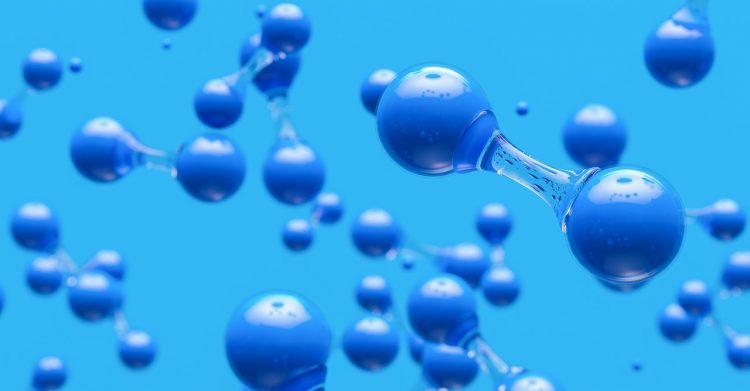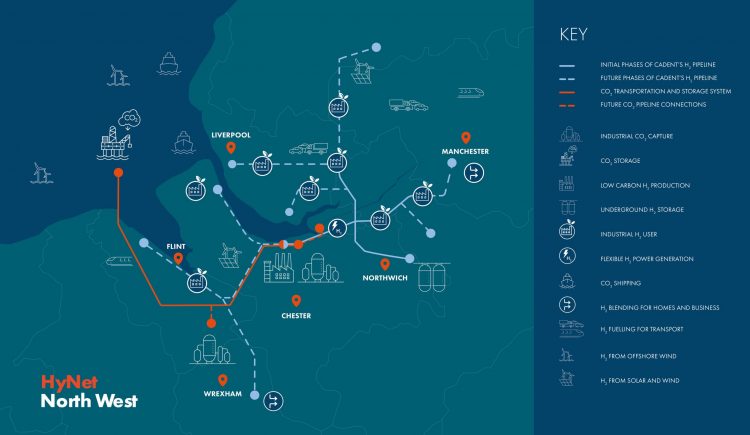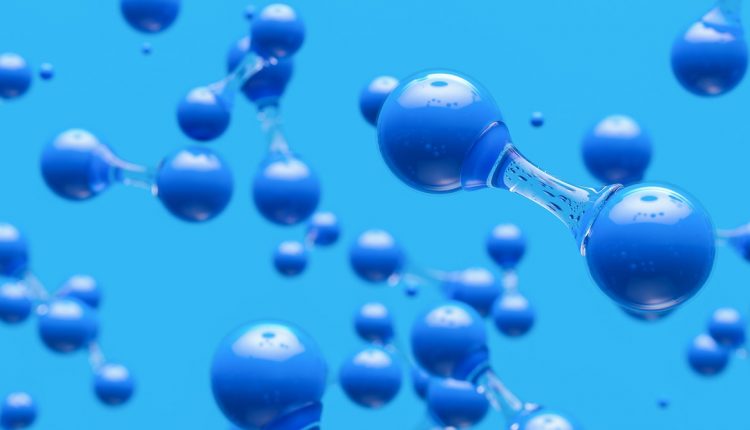HyNet hydrogen & CCS… everything you need to know
Government approves billions for the HyNet hydrogen production and carbon capture by the Mersey – is it a net zero breakthrough or a ruse to keep using fossil fuels? Tony McDonough with everything you need to know

HyNet has won Government backing for a multi-billion pound hydrogen production and carbon capture hub close to the River Mersey.
Leaders of the project say it will be a massive boost to the UK’s journey to net zero and the fight against climate change. However, other experts say carbon capture and storage is useless and is just a way of prolonging the use of fossil fuels.
Here is an explainer about the project which is due to go live in 2027 and is predicted to support around 6,000 jobs during construction…
So HyNet wants to produce hydrogen that it will then pump to factories across the North West, allowing them to fuel their operations while slashing their use of fossil fuels and thereby cutting their carbon (CO2) emissions.
Hydrogen is the most abundant element in the universe. It’s a great clean fuel source. But it’s rarely found alone and is usually part of a compound, eg H2O (water). Isolating hydrogen is an energy-intensive process, hence the challenge to make it climate-friendly.
Different kinds of hydrogen production are colour-coded. The three most common are grey, blue and green. Grey hydrogen is produced by burning fossil fuels such as gas. The resultant CO2 emissions are released and that is obviously bad for the climate.
Green hydrogen is the cleanest method of all. Renewable energy, such as wind or solar, is fed through a device called an electrolyser which separates the hydrogen in H2O. However, being able to do this at scale is still some years off.
Blue hydrogen, the method being employed by HyNet, starts the same way as grey, by burning natural gas. But instead of being released, the CO2 is captured and sent via pipes to be injected into porous rock in depleted gas fields under Liverpool Bay.
To be viable carbon capture and storage (CCS) has to capture around 95% of the CO2. Other projects around the world have not achieved this. There is also concern around ‘upstream fugitive emissions’ from gas pipelines.
Some experts also question whether the depleted gas fields will actually hold the CO2 for long periods, claiming it may leak out over time, defeating the whole point of the exercise. The primary focus should be on green hydrogen, they say.
There was a time in the development of many innovations that work – air travel, space travel, railways, telephones – when they didn’t work. HyNet insists it has learned from other projects and is confident CCS will work this time.

I’ve been covering this for three years and I find the entrenched binary positions frustrating. Truth is, no one can say for certain whether it will work. It might prolong the use of fossil fuels and also be a game-changer. Two things can be true at once.
Climate change won’t require one solution. It will require multiple solutions and some risk-taking on unproven technologies. HyNet is also running some green hydrogen pilots and says its blue hydrogen infrastructure can be switched to green further down the line.
One way or the other, we will find out in 2027. Sceptics could welcome the project as it will finally offer definitive proof whether CCS is a viable technology… or a piece of fossil fuel industry misdirection. We shall see.

